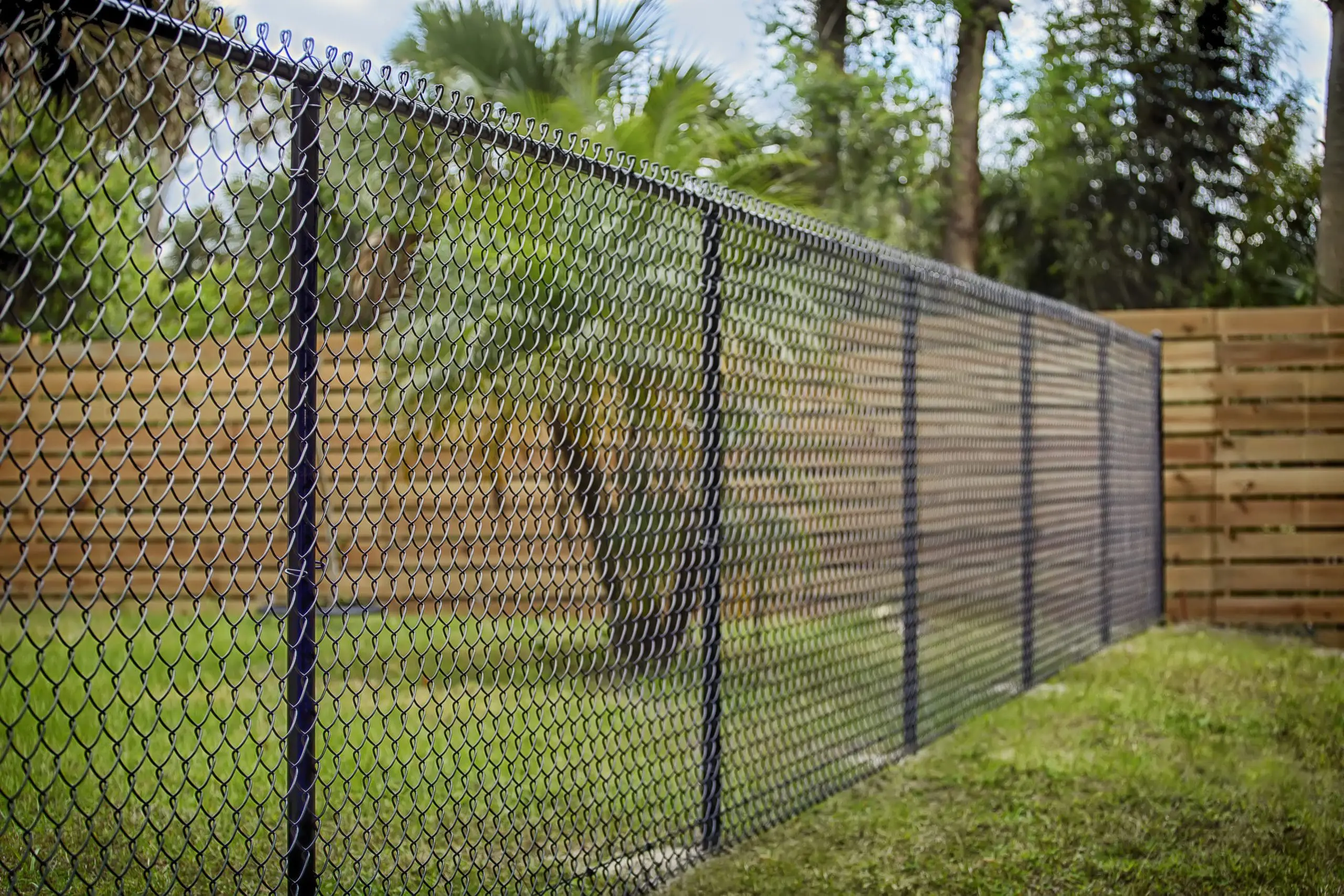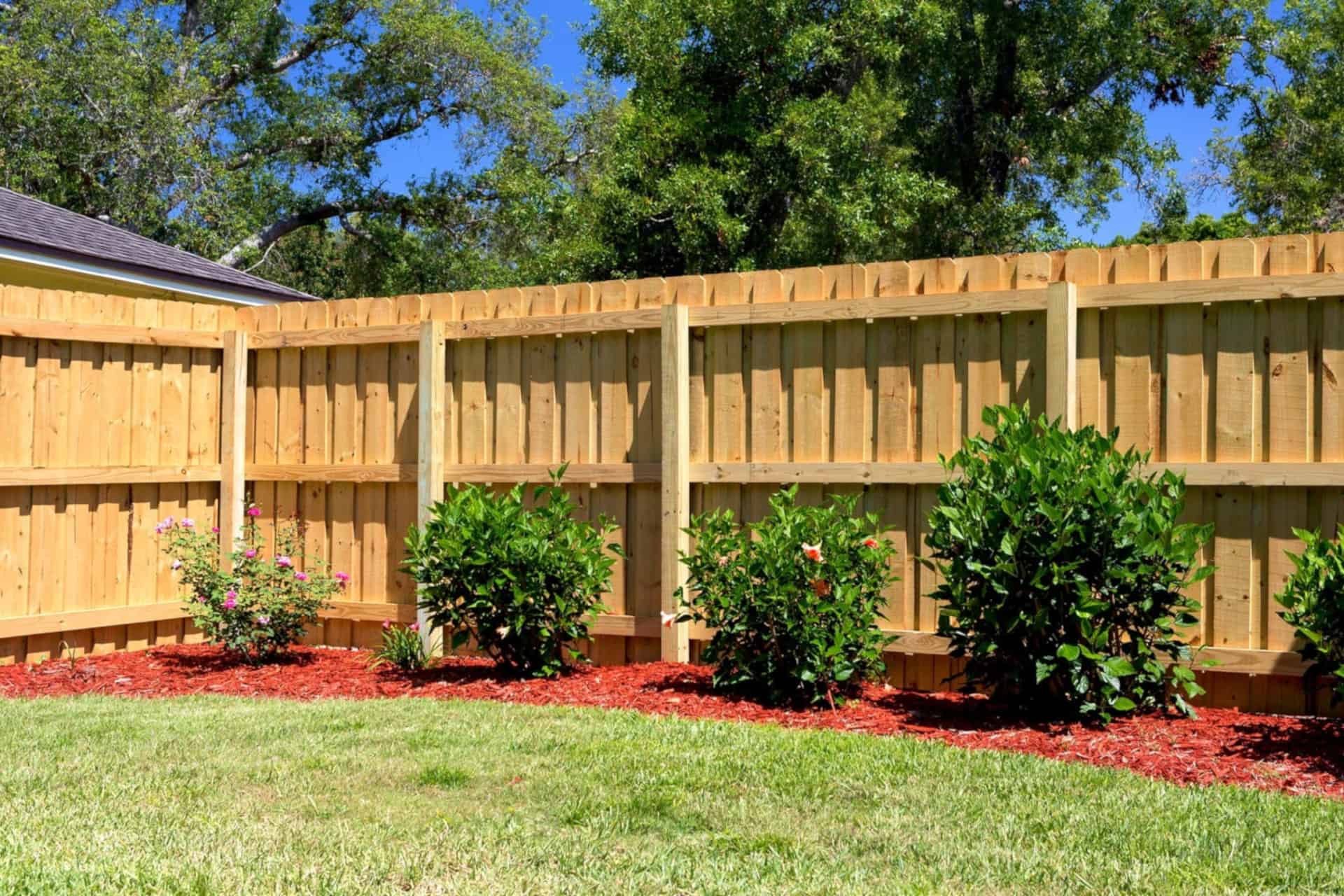Top Trends in Outdoor Spaces from a Experienced Deck Builder
Top Trends in Outdoor Spaces from a Experienced Deck Builder
Blog Article
How to Recognize Typical Concerns That Require Immediate Fencing Fixing
When it concerns maintaining your fence, it is important to identify issues before they end up being larger troubles. Regularly looking for indicators of rotting wood, leaning panels, or rust can save you time and money in the future. You could not understand how climate and parasites can jeopardize your fencing's integrity. Allow's check out the typical signs that indicate your fencing needs instant attention, so you can maintain your property protected and looking its best.
Indications of Rotting Timber in Wooden Fences
Have you seen your wood fencing looking a little bit shabby? If so, it could be time to look for indicators of decaying wood. First, examine the base of the articles and panels for soft places. That's a clear indication of rot if you press on the wood and it really feels spongy or crumbles. Next off, try to find staining or dark spots on the wood-- these typically signal moisture damage. Take notice of any kind of peeling paint or finish, as this can expose the wood to further degeneration. Furthermore, a pungent, mildewy odor can suggest fungal growth. Don't forget to examine joints and connections; if they hang or dropping apart, the wood underneath is likely jeopardized. By catching these indicators early, you can prevent much more comprehensive damage and maintain your fence standing solid. Normal maintenance is crucial to extending the life of your wooden fencing.
Leaning or Tilting Fence Panels
It's important to understand what triggered it if you've seen your fence panels leaning or turning. This issue might suggest underlying structural damage that needs your focus. Let's discover the common causes and the repair choices offered to obtain your fencing back in form.

Causes of Leaning Panels
When you discover your fence panels tilting or leaning, it's usually an indicator of underlying problems that need attending to. One typical cause is inadequate water drainage; excessive water can deteriorate the soil around the fence posts, damaging their support. One more offender might be solid winds or tornados that push versus the panels, particularly if they're not appropriately secured. Furthermore, the all-natural settling of soil with time can trigger blog posts to move, leading to a tilt. Bugs, like termites, can jeopardize the stability of wooden panels, creating them to lean also. Poor setup methods may result in panels not being firmly established, leaving them vulnerable to leaning under stress. Address these problems promptly to maintain your fence's stability.
Signs of Structural Damage
Discovering turning or leaning fence panels can be worrying, as these concerns commonly show structural damage that needs instant attention. When your fence starts to lean, it may signify that the posts are shifting or that the dirt around them has deteriorated. Pay close focus to voids in between panels or blog posts, as these can likewise suggest instability. deck builder. Additionally, check for fractures or splintering in the wood, which can compromise the overall structure. If you discover rust or deterioration on steel elements, it can compromise the integrity of the fencing. Keep in mind, ignoring these indications can cause much more extreme damage down the line, so it's important to analyze the situation promptly and do something about it before it gets worse
Fixing Options Available

Rust and Deterioration in Metal Fences
If you have a metal fence, you might observe corrosion and corrosion slipping in in time, specifically if it's subjected to dampness. These issues not only influence the appearance of your fence yet can additionally compromise its structural integrity. To identify corrosion, look for reddish-brown areas or spots, which show the metal is oxidizing. Rust can spread out quickly if left without treatment, leading and weakening the fence to expensive repairs.To deal with corrosion and corrosion, you ought to clean up the impacted areas with a cable brush and use a rust-inhibiting guide. When the primer dries, think about repainting the fencing with a weather-resistant paint to secure it further. Routine maintenance, such as evaluating for indications of rust and touching up paint as needed, will help extend your fence's life expectancy. Resolving these concerns immediately guarantees your metal fence remains solid and aesthetically appealing for several years ahead.
Cracks and Divides in Plastic Secure Fencing
Reasons For Plastic Damages
Plastic fencing is preferred for its toughness, yet it can still struggle with fractures and divides due to different elements. One significant reason is severe temperature level variations. It can weaken the product over time when plastic broadens in the warm and site link contracts in the cold. Additionally, direct exposure to rough sunshine can bring about UV destruction, making the vinyl breakable. Physical impacts, like unintentional crashes or hefty branches, can likewise produce cracks. Poor installment or using low-quality materials can exacerbate these concerns. Age plays a function; older vinyl secure fencing is a lot more susceptible to damages. Routine assessments can assist you identify these aspects before they lead to substantial problems. Take aggressive procedures to ensure your fence remains solid and intact.
Fixing Cracks Successfully
Cracks and divides in your navigate to this website plastic fencing can be worrying, resolving them promptly can stop further damage and keep the fence's look. Examine the dimension of the crack. For little fractures, a plastic repair service package typically consists of glue that can bond the edges, providing a smooth solution. Clean the area extensively before applying the sticky, guaranteeing it sticks properly. For bigger divides, you might need to utilize a plastic patch. Cut the patch to dimension, use glue around the edges, and press it securely onto the split. Permit it to heal according to the maker's guidelines. Regular maintenance and quick repair services can expand your fencing's life-span, maintaining it looking terrific for many years ahead.
Loose or Missing Fence Messages
Loose or missing fence posts can undermine the security of your whole fence structure. It's crucial to resolve the concern quickly if you discover any blog posts wobbling or leaning. Examine for any kind of indicators of activity, as this can lead to more damages gradually. You can quickly analyze the trouble by offering each article a gentle shake-- if it feels unstable, it's time to take action.For missing blog posts, you'll require to replace them immediately to maintain your fencing's honesty. Make sure they're securely secured in the ground with concrete or crushed rock for included stability when you mount brand-new messages. If a post hangs, tighten it by including additional assistance or driving it deeper right into the ground.Ignoring these issues can lead to bigger problems, like voids in your fence or even total collapse. Keep an eye on your articles and stay proactive about repair work!
Damages From Weather Condition and Natural Environment
Weather and all-natural aspects can damage your fence, bring about different kinds of damage that need prompt interest. Hefty rain can trigger wood to rot, making it unsteady and weak. Snow buildup might bend or damage panels, while strong winds can root out fencing messages or trigger sections to lean.If you see cracks or splintering in wood fencings, it's a sign of drying out because of extreme sunlight exposure. Meanwhile, metal fencings can rust if protective coatings wear away, specifically in humid or coastal areas.Inspect your fence frequently after tornados or severe weather to catch any type of damages early. Addressing these problems rapidly can save you from pricey repairs down the line. Don't wait till a tiny trouble develops into a major one; stay aggressive and maintain your surround top form to maintain both functionality and curb charm.
Bug Invasion and Termite Damages
When you observe indications of insect invasion or termite damages, it's necessary to act swiftly to stop additional damage. Seek mud tubes along your fencing or hollow-sounding wood, as these suggest termites are at work. You could additionally see tiny openings or frass, which is termite droppings appearing like sawdust. If you identify any of these signs, it's time to evaluate the damage.Don' t wait till it's also late; bugs can compromise your fence's integrity. Evaluate the surrounding area for ants or beetles, as they might be adding to the trouble. If you browse around these guys presume an infestation, consider contacting an insect control expert to validate and deal with the issue.Repairing or replacing damaged sections of your fencing immediately not only recovers its stamina but additionally stops insects from spreading better. Remain alert to maintain your residential property safe and pest-free.
Frequently Asked Concerns
How Typically Should I Evaluate My Fencing for Damages?
You need to check your fence a minimum of twice a year, ideally during spring and fall. Routine checks help you detect damage early, conserving you money and time on fixings while keeping your property's appearance and safety and security.
Can I Fix a Fence Myself or Employ a Professional?
You can absolutely fix a fence yourself if you have the right devices and abilities. Nevertheless, working with a professional warranties quality work and saves you time, especially for intricate repair work or considerable damage.
What Equipment Are Needed for Fundamental Fence Repairs?
For basic fence repair work, you'll need tools like a hammer, screwdriver, pliers, a saw, a level, and determining tape. deck builder. Relying on the repair, you could also call for nails, screws, or substitute boards
Just How Much Does Fencing Fixing Normally Price?
Fence repair prices vary commonly, yet you can anticipate to pay between $200 and $1,500 depending on materials, labor, and level of damage. It's clever to obtain numerous quotes for the ideal offer.
When Is the Best Time of Year for Fencing Fixes?
The very best time for fence repairs is throughout moderate weather condition, normally in spring or very early loss. You'll prevent extreme temperatures, making it less complicated to work and guaranteeing the products set properly for lasting durability (deck builder). Noticing turning or leaning fence panels can be startling, as these issues frequently show architectural damage that requires instant attention. Loosened or missing fence blog posts can weaken the stability of your whole fence framework. Snow buildup may flex or break panels, while solid winds can uproot fencing articles or cause areas to lean.If you notice splits or splintering in wood fencings, it's an indicator of drying out due to intense sunlight exposure. Steel fences can corrosion if protective coatings wear off, specifically in coastal or moist areas.Inspect your fence regularly after storms or severe weather to capture any damages early. Fence repair service prices vary widely, but you can expect to pay between $200 and $1,500 depending on materials, labor, and level of damage
Report this page